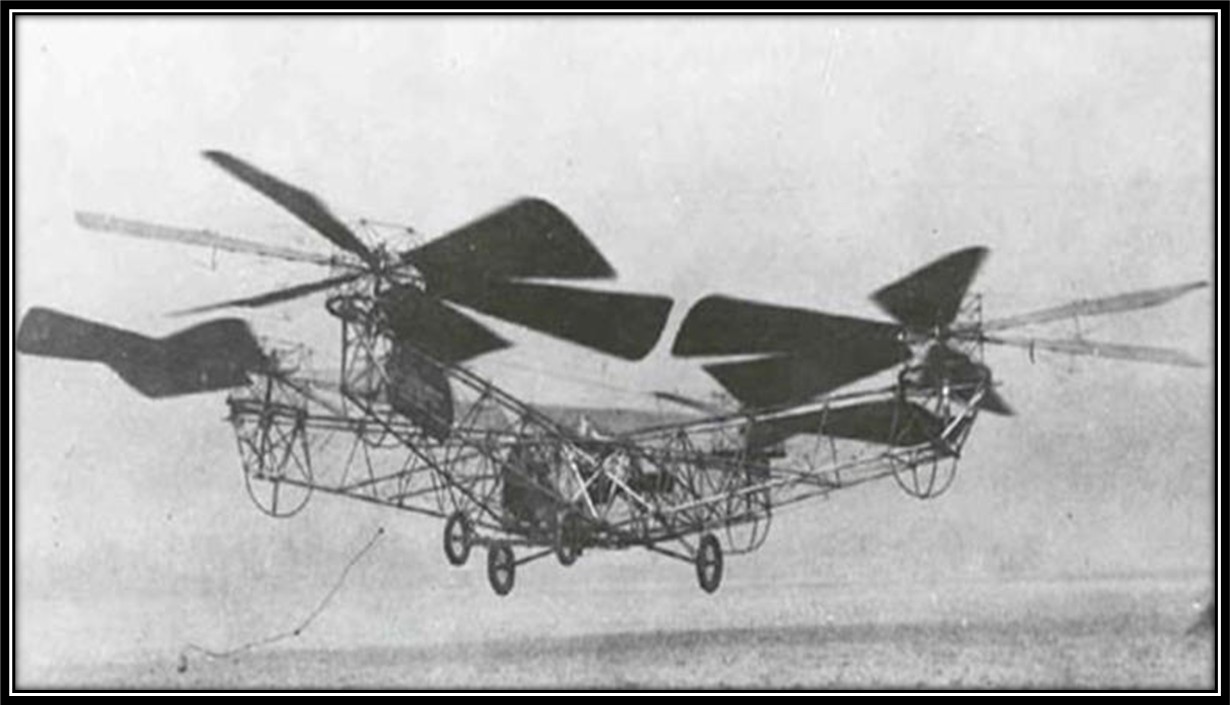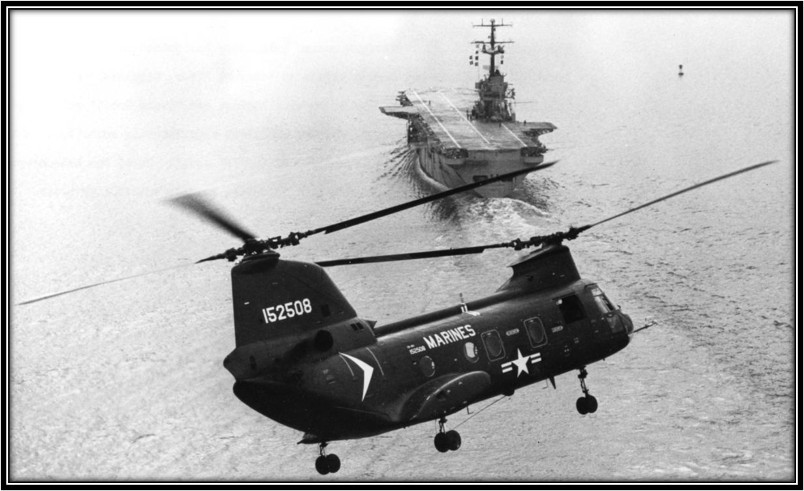Downloaded on July 25, 2025 from: https://www.msn.com/en-us/news/technology/the-first-helicopter-was-far-far-ahead-of-its-time/ar-AA1F4HcC

Twenty years would pass before anyone improved upon the performance of Jerome de Bothezat’s “Flying Octopus.”
Good Thursday afternoon fellow ECAHFer’s. We just celebrated “Christmas in July” here in the Sandhills at Moore County Airport (see below photo of me with one of my coworkers and Santa on July 25th). In honor of Christmas in July and the real Christmas Day, a day that will be here sooner than we think, I decided to post the below article of the first successful helicopter that first flew just before Christmas Day on December 18, 1922.
As we sizzle in the “Dog Days” of August, enjoy the cold blast of imaginary, but anticipated and to-be-appreciated December air that wafts over you and numbs your cheeks as you think about our coming Winter season.

“Fixed-wing aviation began earlier, and progressed more quickly, than rotary-wing aviation. Fixed-wing aviation is generally understood to have started with the Wright Brothers, at Kitty Hawk, North Carolina in 1903. Within a few decades, fixed-wing aircraft would be instrumental in establishing a new world order; they could incorporate jet engines, break the sound barrier, cross the threshold into outer space, and launch radar-guided missiles and drop nuclear bombs.
“Beginning in 1921, de Bothezat and Jerome established a workshop at McCook Field in Dayton, Ohio, where the pair worked without the benefit of models or wind tunnels. The pair’s helicopter was completed in December 1922. The finished product was massive and exceedingly complex. Four six-bladed rotors—each with a 26.5 foot diameter—hung on the ends of large, bridge-like girders, each braced with piano wire. The girders were angled to allow the rotors to tilt inwards towards the aircraft’s center at a five-degree angle (to improve stability).
“In addition to the four primary rotors, the de Bothezat also featured two vertical propellers, known as steering airscrews, which allowed for lateral control. Last, the de Bothezat featured two more three-bladed propellers, mounted horizontally above the engine to allow for engine cooling. The engine featured was originally one Le Rhone radial piston engine with 180 horsepower. But the Le Rhone would later be swapped in favor of a 220 horsepower Bentley engine.”
According to Wikipedia, “The de Bothezat helicopter, also known as the Jerome-de Bothezat Flying Octopus, was an experimental quadrotor helicopter built for the United States Army Air Service by George de Bothezat in the early 1920s, and was said at the time to be the first successful helicopter. Although its four massive six-bladed rotors allowed the craft to fly successfully, it suffered from complexity, control difficulties, and high pilot workload, and was reportedly only capable of forward flight in a favorable wind. The Army canceled the program in 1924, and the aircraft was scrapped.
“In March of 1923 Time magazine reported Thomas Edison sent Dr. Bothezaat a congratulations for a successful helicopter test flight. Edison wrote, ‘So far as I know, you have produced the first successful helicopter.’ The helicopter was tested at McCook Field and remained airborne for 2 minutes and 45 seconds at a height of 15 feet.
“Although considered a failure by the Army on account of its complexity and unreliability, de Bothezat's difficult personality not helping his cause, the Flying Octopus had still reached a significant level of achievement, and it would be over twenty years before an American helicopter would better the machine's performance.”

Some might say there’s is an uncanny resemblance between the Flying Octopus (or at least half of it) and the CH-46 Sea Knight, affectionally known as the Frog or Phrog, that our esteemed Chairman Tom Braaten flew. I would have to agree. General?
Onward and upward!
Kind regards,
Barry R. Fetzer
ECAHF Historian
